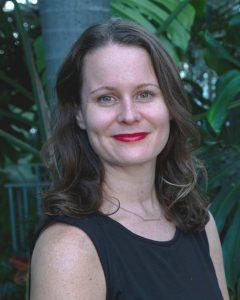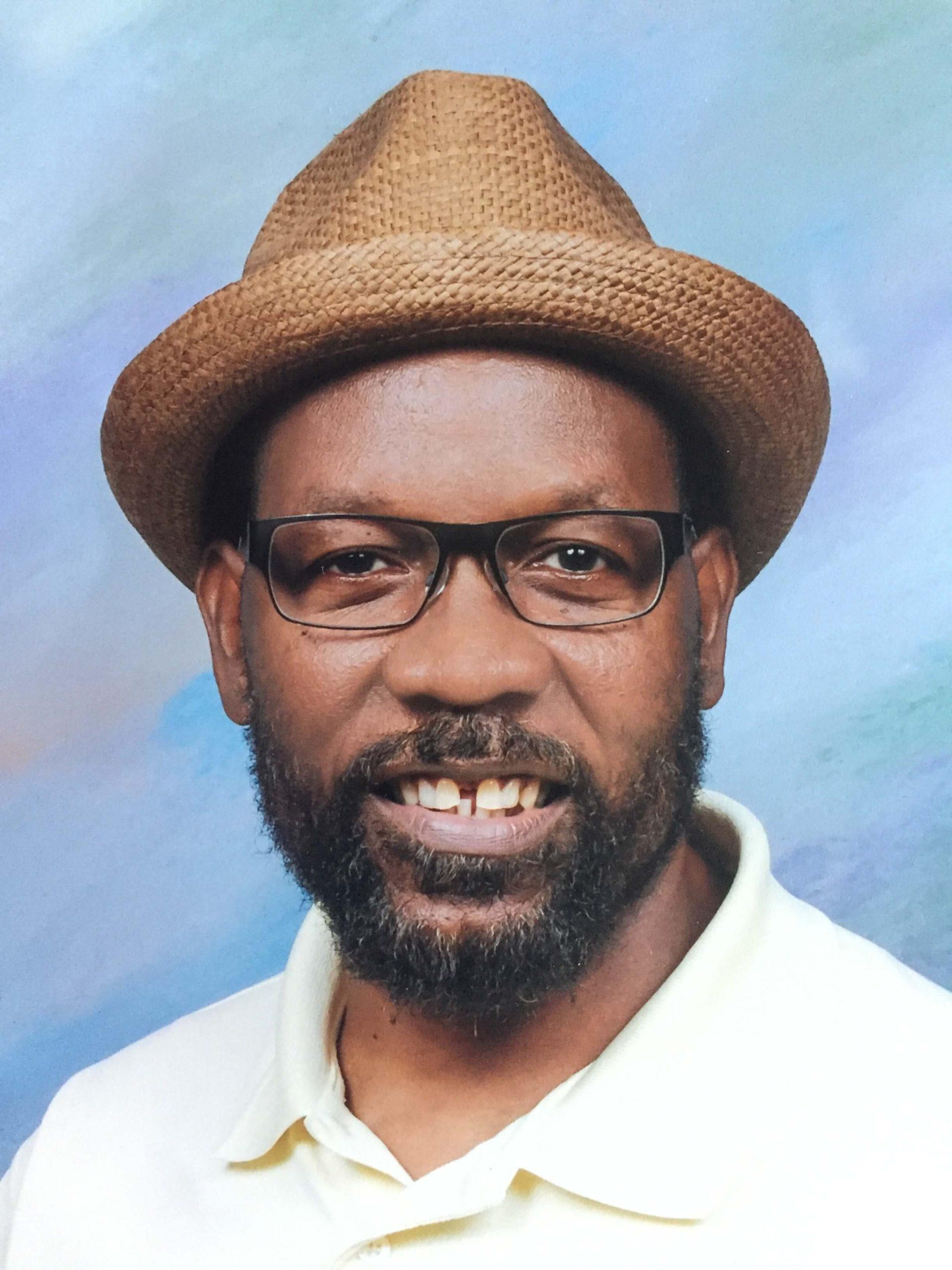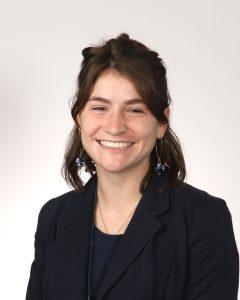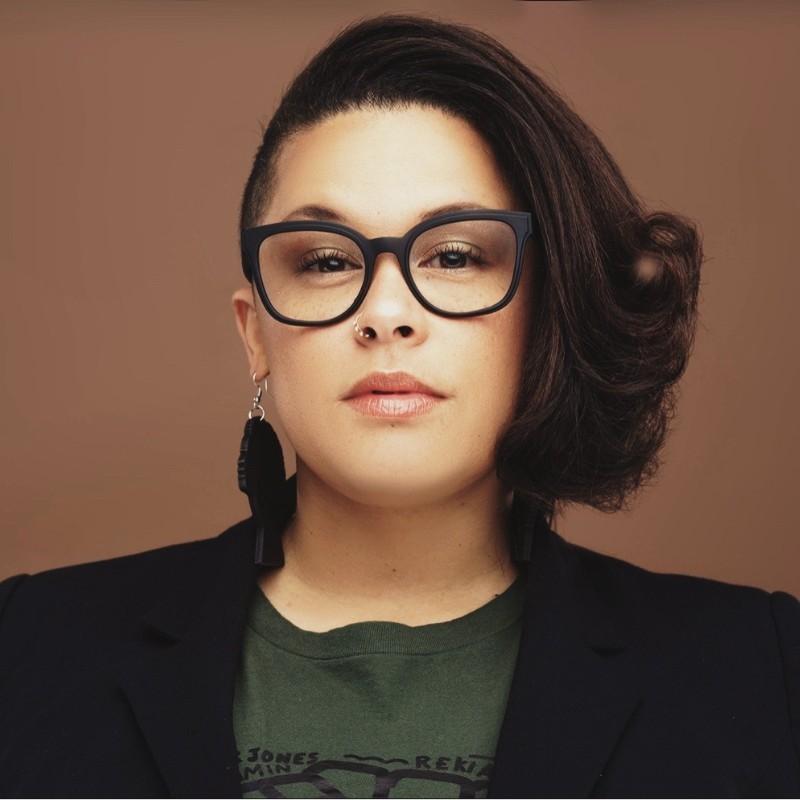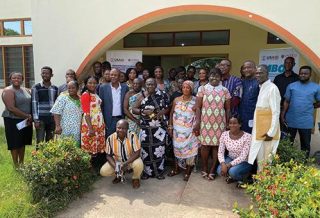FOCUS
Math teachers test responsive practices in real time: ONLINE EXCLUSIVE
By Kara McElvaine, Charles Collingwood, Katie Kunkel, Crystal Watson and Shay Bluemer-Miroite
Categories: Continuous improvement, Data, Equity, Improvement science/networks, Social & emotional learningApril 2023
Educators across the United States are working to center student needs and identities in their pedagogical approaches in support of the whole child. Within that national context, many math educators are grappling with ways to make their instruction more culturally responsive to improve their students’ feelings of belonging, perceptions of relevance, and academic learning outcomes.
Doing this work in the context of math teaching can feel like a big challenge full of knowing-doing gaps — where an idea may seem good in theory but is challenging to implement in practice. Competing visions of what success looks like in math classrooms add to the challenge, as some question the sufficiency of traditional measures like speed of problem-solving and the accuracy of final answers when considering how math is used beyond the classroom (Beechum, 2020).
Continuous improvement methods can help educators identify and codify tweaks in practice, called change ideas, that contribute to better outcomes for students. By sharing change ideas that have worked, other educators can try them out and adapt them to their contexts. This aligns with research on the diffusion of innovations (Rogers, 2003), which homed in on attributes of innovation that increase the rate of adoption of new ideas. Rogers used the following terms to describe the ways individuals are more likely to try out ideas:
- Relative advantage: seem better than their current practice;
- Compatibility: align with their needs and values;
- Complexity: include tips and tricks to simplify their use;
- Trialability: are easy to try out quickly; and
- Observability: are useful to other people like them.
To learn more about how to facilitate the application of innovative and promising practices in math classrooms, a continuous improvement organization called Shift convened a group of 8th- to 10th-grade math educators from across the country in spring 2022 to develop and test change ideas at the intersection of culturally responsive pedagogy and math teaching.
This work was intentionally designed to leverage Rogers’ attributes of innovation by supporting that small community of educators in their own learning processes and outcomes while also creating some simple products rooted in those educators’ experiences to support diffusion throughout the math education field.
We, the co-authors of this piece, either work at Shift or are educators who participated in this learning community. Kara McElvaine and Shay Bluemer-Miroite led this learning community along with their teammates at Shift. Charles Collingwood is a high school mathematics department chair in Tucson, Arizona; Katie Kunkel is a high school math teacher in Chicago, Illinois; and Crystal Watson is a middle school math instructional coach in Cincinnati, Ohio. In what follows, we’ll share what we learned from this project along with reflections from Collingwood, Kunkel, and Watson.
During the 10 weeks we worked together, each educator identified one area of our theory of change they wanted to test, conducted at least one plan-do-study-act (PDSA) cycle each week, and shared what they were learning with Shift and each other. In alignment with the innovation attributes of trialability and complexity, Shift emphasized the importance of starting small with these tests — indeed, sometimes just changing how to approach one student, one lesson, or one assignment netted results in learning. Starting small also reduces the likelihood of unintentionally causing harm by scaling an idea that does not yield the hoped-for results.
Additionally, trying out an idea multiple times in the same context can enhance the idea’s reliability when attempting to reduce variation across groups. We found that containing the time period for these small tests of change to 10 weeks helped us align around action and learning quickly. This resulted in some deep PDSA cycles and meaningful improvements, which we believe other educators can learn from and consider adopting.
Here are examples of how the three educators designed and tested small, focused cycles of PDSAs to result in deeper learning about what works in their contexts.
Charles Collingwood
As math teachers, we are acutely aware of the reputation of math as the gatekeeper to all the STEM fields. As a result, we are constantly thinking about ways to improve students’ engagement with the mathematics curriculum. The need for every student to understand, interpret, and critically analyze real-life mathematical relationships and applications is urgent.
In my classes, I like to engage students as the creators and collectors of information, empowering them to make meaningful connections. I also explore ways to tackle sensitive social issues by embedding methods and action items that align with the culturally responsive mathematics pedagogy framework. Data will help solve the big problems of tomorrow. We need to prepare our students today.
In my testing within this learning community, I used U.S. census data to get my students to think about social issues they will encounter as they move through the world and how knowledge of mathematics can help them address those issues. I introduced students to the data analysis process using real-world data relevant to their everyday lives. I paid attention to the quality of their responses when data were available to them and tried a variety of approaches to launch each lesson, including playing videos about specific social justice issues, brief readings, etc.
Across my testing, it became clear that brief videos explaining specific social justice issues were a powerful way to help my students connect the data we were using with our broader societal context. Starting small and focusing on the launch of the task and my selection of data sources allowed me to bring deeper thinking to my prep work. Taking the time to identify quality sources of data that I think my students will care about remains core to my own pedagogical approach.
Read Charles Collingwood’s full teacher-tested practice guide here: bit.ly/3JN6XkY
Katie Kunkel
One area of work I’ve been passionate about in my praxis has been making my math assessment practices more equitable. Starting small with making improvements to assessment practices was a difficult concept for me at the beginning of my time with this learning community. One of my original PDSAs was about giving feedback to my students. I wanted my quantitative data to show an increase in quiz scores; however, my improvement coach helped me see that I should solely focus on the act of giving feedback and get quantitative data about that.
I struggled to find a unit of measurement, but I decided to use the number of students who modify their work based on my feedback. At first, I was frustrated with this unit of measurement because plenty of my feedback was me saying to students, “Looks good. Keep it up.” After thinking about how to improve my quantitative data, I realized that I need to be giving actionable feedback to all my students, even the ones who are doing great.
When I started thinking about this, I realized that my tasks did not easily allow for much actionable feedback. This resulted in me realizing that I need to have better tasks. None of these realizations would have occurred if I collected my very large-scale data of improvement of quiz scores. Looking so closely at my small data helped me analyze my teaching much more deeply.
I’d suggest that other math educators find a small group of other willing teachers with whom you can discuss your small tests of change. I found that having the opportunity to discuss my ideas and data with colleagues really helped unearth problems of practice.
Also, running tests should not be something entirely on top of everything you already do. Instead, you can figure out something that you already do within the classroom and analyze data that emerges from that pre-existing practice. This makes engaging in continuous improvement feel like a natural extension of work you’re already doing, and that makes it much easier.
Read Katie Kunkel’s full teacher-tested practice guide here: bit.ly/3yJgS4T
Crystal Watson
As a math instructional coach in Cincinnati, Ohio, with a background in continuous improvement, I was no stranger to conducting PDSA cycles on my own practice. In the context of this learning community, I was interested in testing approaches for bringing more authentic student voice into the classrooms I was supporting.
Specifically, I chose to partner with one newer teacher in my school, and over the course of multiple smaller tests, we developed and used a student choice board during a class I co-taught with him, then asked students to complete a survey with items like their “feelings of control over their learning in math.”
Just the act of trying out this kind of student-led activity was a test in and of itself, though we also tried including different kinds of problems, along with different themes (e.g., economic injustice; climate change, etc.) to understand what factors contributed to students’ engagement. Overall, students loved the structure of this activity, and we saw dramatic gains in outcomes we were tracking.
For example, the percentage of students who reported that they felt “some” or “total” control over their learning in math increased from 46% to 83% after choice boards were used twice in their math classroom. This process really highlighted for me that students want to learn how to do math when it’s meaningful to them and when they are in the driver’s seat.
In my role, I always do tests of change, but before this project I hadn’t done them in a sustained way within the same classroom. Doing this as a coach was a game changer for me, and I’m hoping that other coaches and school leaders can try out this approach with the educators they support, too.
Read Crystal Watson’s full teacher-tested practice guide here: bit.ly/3ToFdXb
Focusing attention on vetted change ideas
Trying something new in math classrooms can be challenging, especially when it requires looking in the mirror at your own practices. Shifting to a mindset of focused learning can support the transition to real-time testing of promising practices. Of course, it takes more than improving just one thing to reduce harm and ultimately build more supportive schooling structures for Black, Indigenous, Students of Color, those from low-income families, and first-generation students.
At the same time, though, in a world where educators are being asked to balance an increasingly complex professional, political, and social landscape, we believe it is important to make pathways to improving student experiences as simple as possible. What gets your attention gets your care.
To learn more
Read more about this project: bit.ly/3FqzOcA
Access the theory of change we tested: bit.ly/3lpWZN5
Access other teacher-tested practice guides: bit.ly/40djqUx
Download pdf here.
References
Beechum, N.W. (2020). Expanding visions of success in mathematics for marginalized students. Student Experience Research Network. studentexperiencenetwork.org/wp-content/uploads/2020/06/Williams-Beechum-Expanding-Visions.pdf
Rogers, E. (2003). Diffusion of innovation (5th ed.). Free Press.
Categories: Continuous improvement, Data, Equity, Improvement science/networks, Social & emotional learning
Recent Issues
WHERE TECHNOLOGY CAN TAKE US
April 2024
Technology is both a topic and a tool for professional learning. This...
EVALUATING PROFESSIONAL LEARNING
February 2024
How do you know your professional learning is working? This issue digs...
TAKING THE NEXT STEP
December 2023
Professional learning can open up new roles and challenges and help...
REACHING ALL LEARNERS
October 2023
Both special education and general education teachers need support to help...


